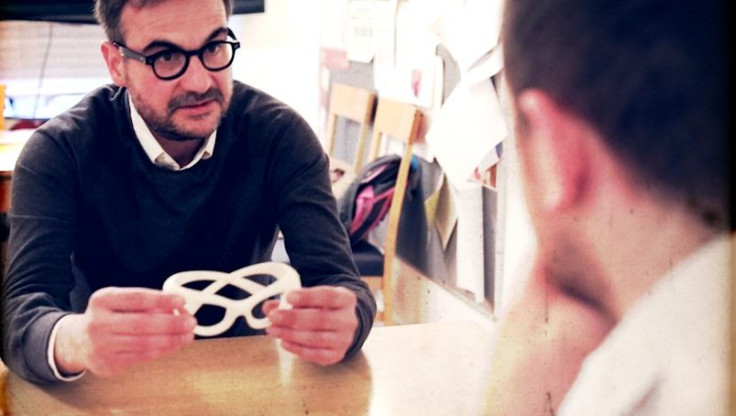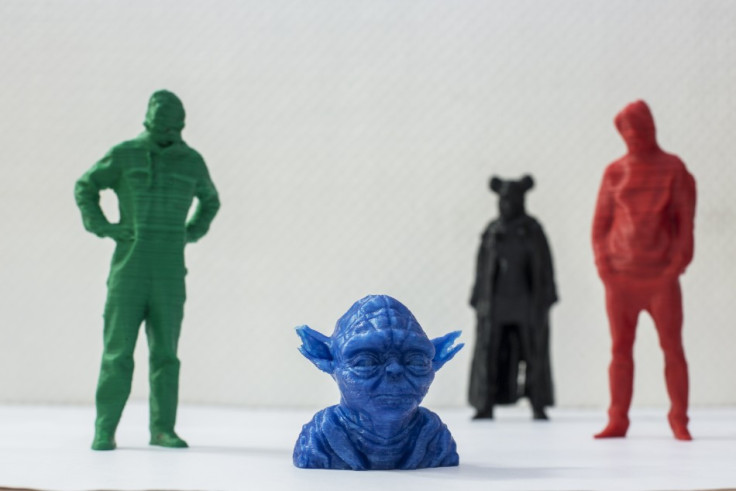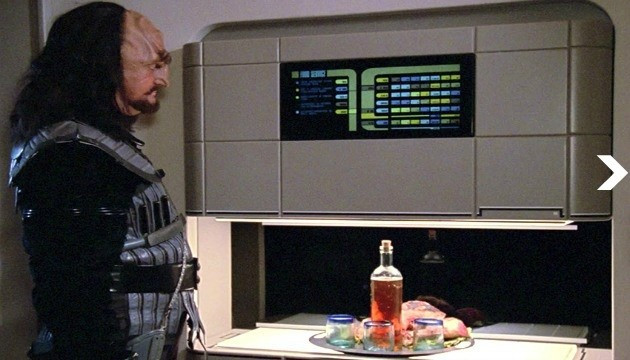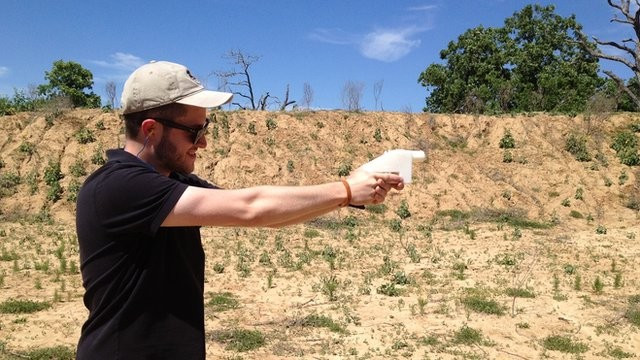Sunglasses and Dolls but Definitely not Guns - How 3D Printing Really Works [VIDEO]
After the hype about 3D-printed gun 'The Liberator', Ed Smith speaks to an expert about how the technology really works.

Thanks to marketing hype, the over-imagination and an American student who loves guns (more on him later) 3D printing has been misconceived. It's not a replacement for traditional manufacturing nor is it the equivalent of Star Trek's Replicator; it won't take over from injection moulding, nor will it build you a car just because you ask it to.
Far from the "make anything, do it in seconds" fantasy that's permeated popular consciousness, 3D printing is a tool, a way of using old materials to create new items with new characteristics. To help dispel some myths, Jonathan Rowley, design director at London-based 3D printing firm Digits2Widgets, explains how it works:
"Before you can do anything, you have to have a digital drawing of the object. We often get requests from people who just send us sketches and say 'can you scan this sketch and make it real?' You can't. You need a three-dimensional model of an object.
"Our software then slices that digital model into hundreds and hundreds of slices, and those slices are sent to the printer, which interprets them and builds the object layer by layer; it's an additive process."
Rowley goes on to say that the hype and marketing stuff is leading people astray when it comes to understanding exactly how 3D printers work: "In terms of materials, most machines are material specific - there's no universal machine which produces a multitude of different materials. The things available now are primarily plastics and resins. Even then, the plastics don't have the same properties as traditional plastic. Moulded plastic is put into a form which is solid when it's set but because we're doing this application of the material in slices, it has different properties. It's very weak in one dimension and strong in another. It's not as straightforward as the marketing videos and hype would suggest."
Living on The Moon
3D printing today is treated the same was space travel was in the sixties and seventies. Space Odyssey, Space: 1999 and UFO all imagined a near future where humans had colonised the galaxy; the advent of home 3D printers has us all imagining we can print out dinner and replacement machine parts. It's a fallacy, says Rowley:
"Barely a week goes by without a new home 3D printer being released onto the market, and they're all a variation on a theme. The current quality of home 3D printers is awful. It's only crude bits of plastic tat you can make from them.

"Home printers are mainly glorified glue guns which squirt out hot liquid plastic. That's just about viable from a safety perspective, but the machines used in industrial, quality printing are powder based and highly flammable. You'd have to have a room in your house dedicated to an extraction system. Home printers are being flogged on this idea that if you need a replacement part for your washing machine, you can print that out. But the things you can produce on a home printer don't have any mechanical properties; not even a button would last that long."
A new material
But none of this is to say 3D printing isn't useful. The objects created by 3D printers are new, different and unique - they have qualities that traditional injection moulding doesn't allow for. A pair of sunglasses frames Rowley shows us are composed of just one plastic shape with no bolts or hinges. Not only do they pinch in to fit onto your head, the chance of them breaking is much lower.
It's optimisations like this that 3D printing is creating. Rather than replace traditional assembly, it's about playing to the unique strengths of these new machines.
"It's almost like discovering a new material," says Rowley. "People are starting to create products that behave in ways traditionally produced plastic objects do not behave. Those are the interesting projects because they're pushing what the machine can do.

"One of our production clients is producing a 3D printed doll, whereby they've developed a website that lets you customise the doll's face. Once you're happy with it, their software converts that face into an STL file which is sent to a 3D printer making a personalised head to go on the doll's body. That's not something a traditional injection moulding doll manufacturer could ever do."
Rowley says that media attention around 3D printing has raised the public's expectations and he and others like him have to handle this: "We've been hit recently with this tidal wave of expectation. and we have to tell people 'maybe one day you can do all that, but we're not there yet.' And some people turn away and leave it and think it's not worth it. So, what we're trying to say now is 'you can't do all that yet, but this is where we are and here are the other exciting things we can do.'"
Guns
So what about the guns? If there's one thing that's catapulted 3D printing into the spotlight, its Defense Distributed, a pet project by US student Cody Wilson to create a working gun entirely from 3D printed parts. He's successfully test-fired the so-called "Liberator" and the State Department has since ordered that blueprints for the gun, which were posted for free online, be taken down. Could you 3D print your gun from home? Repeating warnings from a couple of weeks ago, Rowley says that would be suicide:
"It's made from simple shapes so you could make it, I'm sure, on a home 3D printer. You could also probably put it together. But if you put a bullet in that and tried to fire it you would blow your hand off.

"They're non-viable. He makes some claims that he's produced this so that in the event of governments in the US taking over, people will be able to arm themselves but you'd be better off with a bow and arrow. Those little pop guns are not going to see off an army. You'd kill yourself before you killed anyone else."
This seems to be backed up by reports from Australia where the New South Wales Police revealed it had built a couple of 3D-printed guns based on the Defense Distributed plans. The NSW Police Commissioner Andrew Scipione said that a Liberator pistol had "experienced a catastrophic misfire during testing" and would have been capable of "seriously injuring" the person using the firearm.
Magic
3D printing isn't magic. It's not going to replace traditional manufacturing, it can't fix your washing machine and if you try to make a gun with it, you won't ever need to buy gloves again.
But that's not to say it isn't special. As Rowley concludes, the best technology is technology you don't even notice:
"When people sell these glasses frames or dolls, they aren't making a fuss about them being 3D printed. The 3D printing is kind of academic. 100 years ago there was a lot of fuss about injection moulding, but when the newness wears off, the technology falls into the background. It's just a new tool; it's a part of manufacturing's range of tools.
"But that's not a massive detriment. This technology still allows you to do amazing new things."
© Copyright IBTimes 2025. All rights reserved.






















